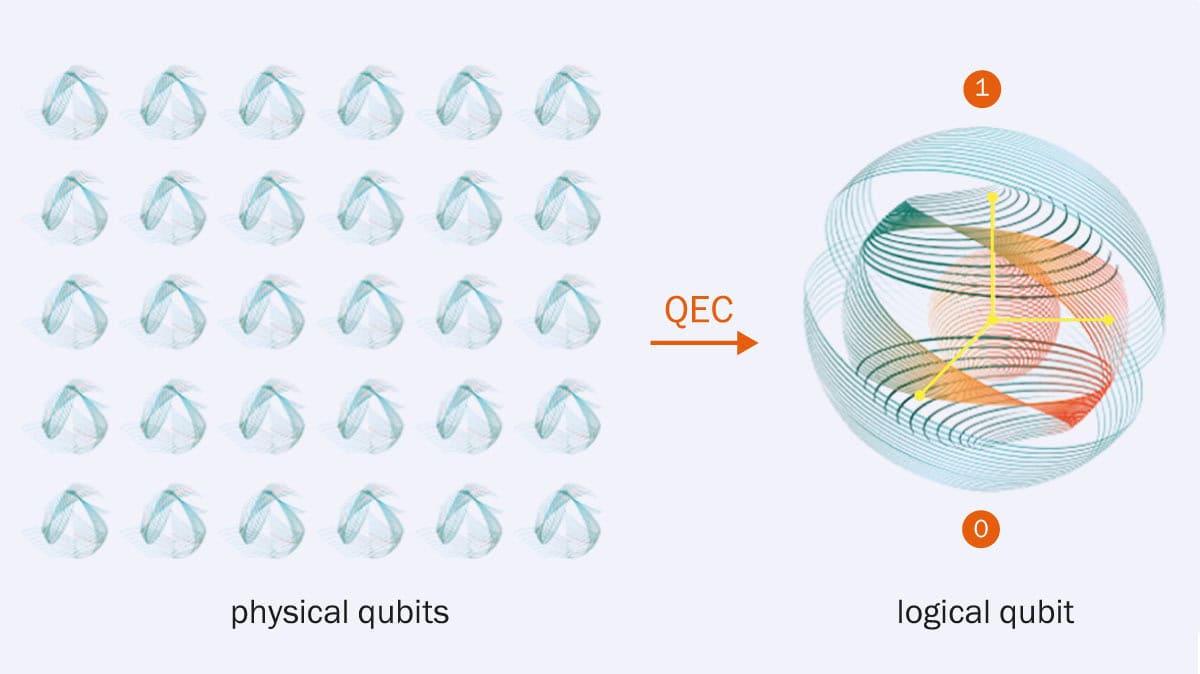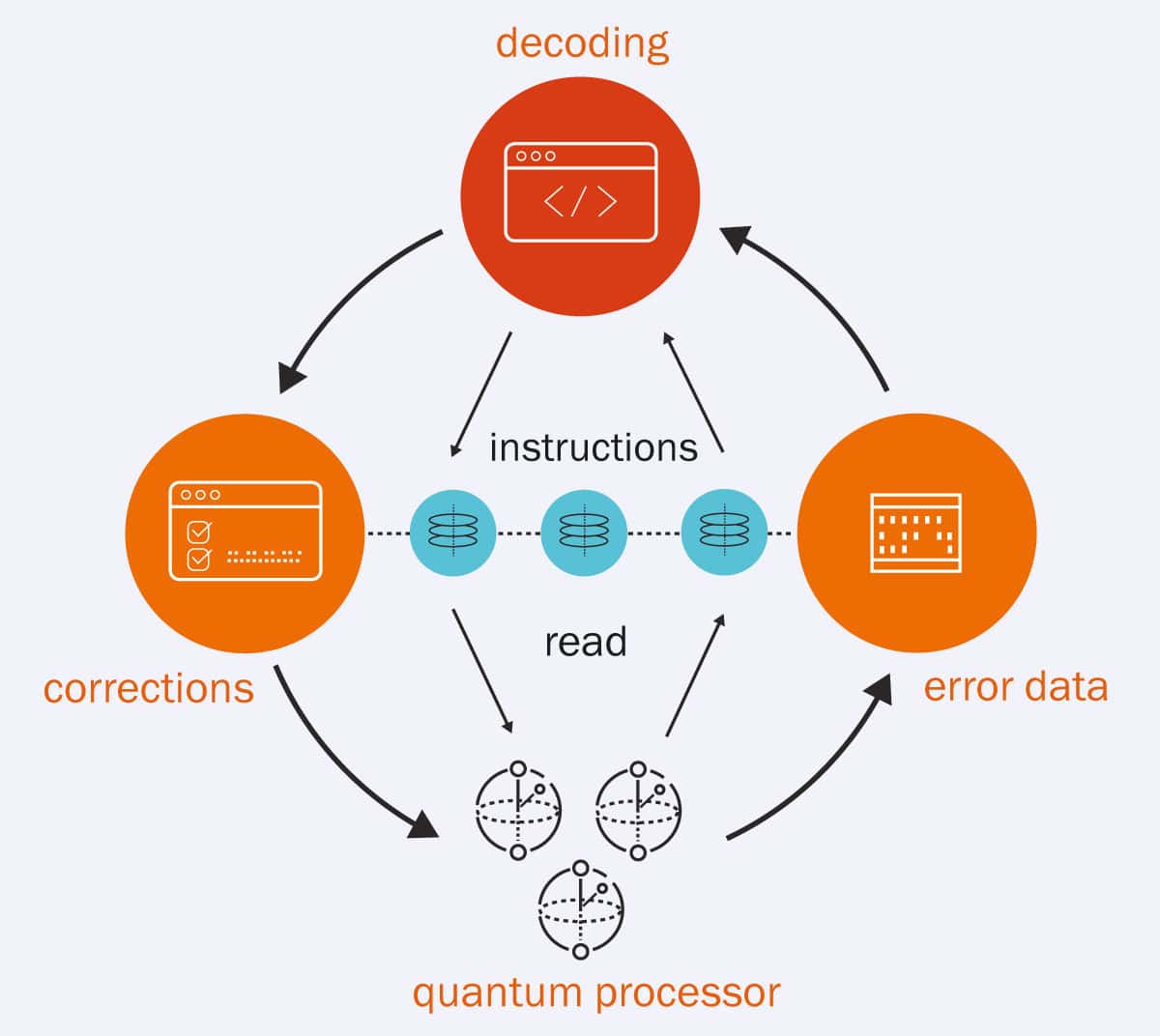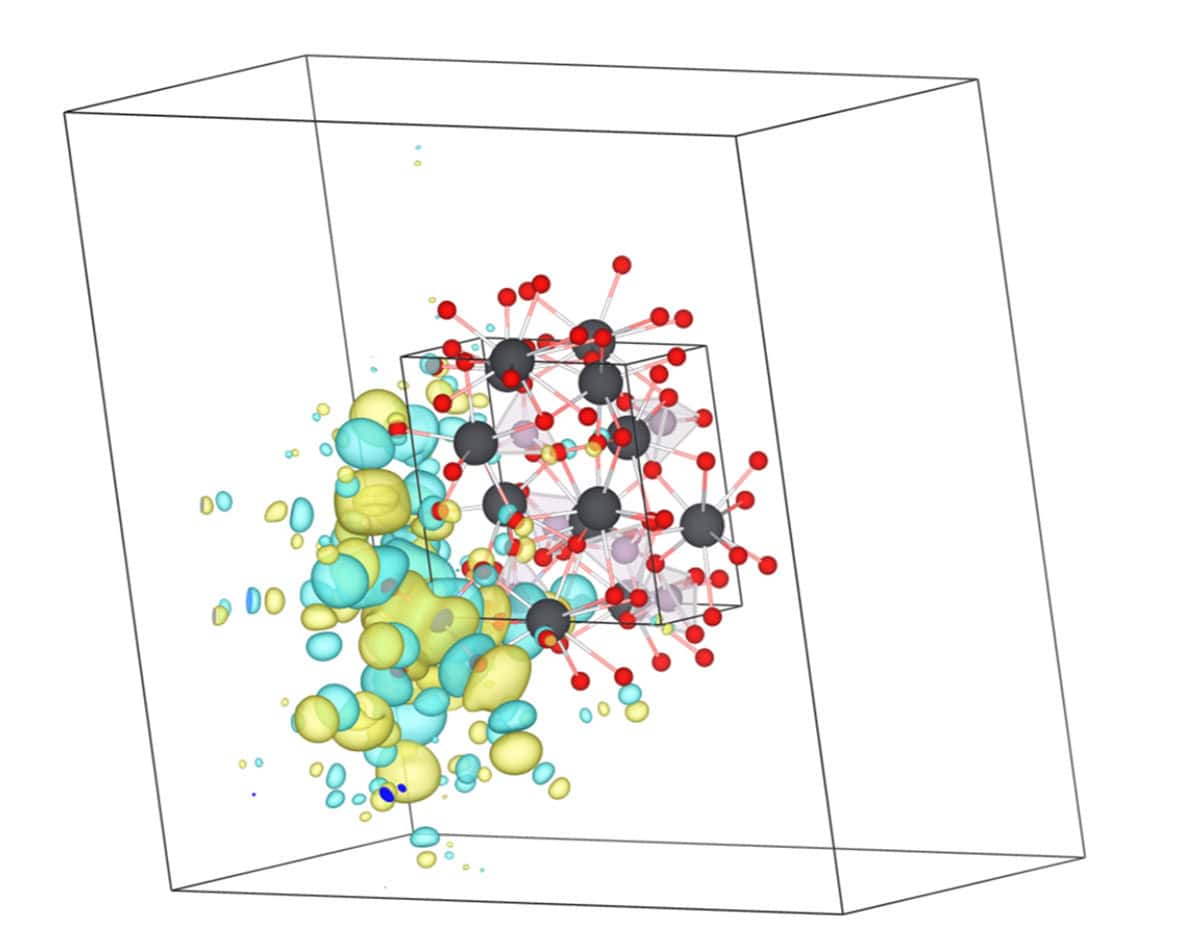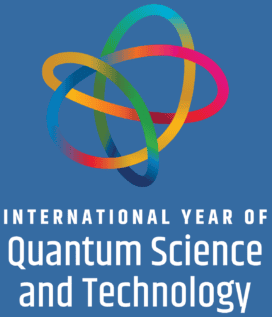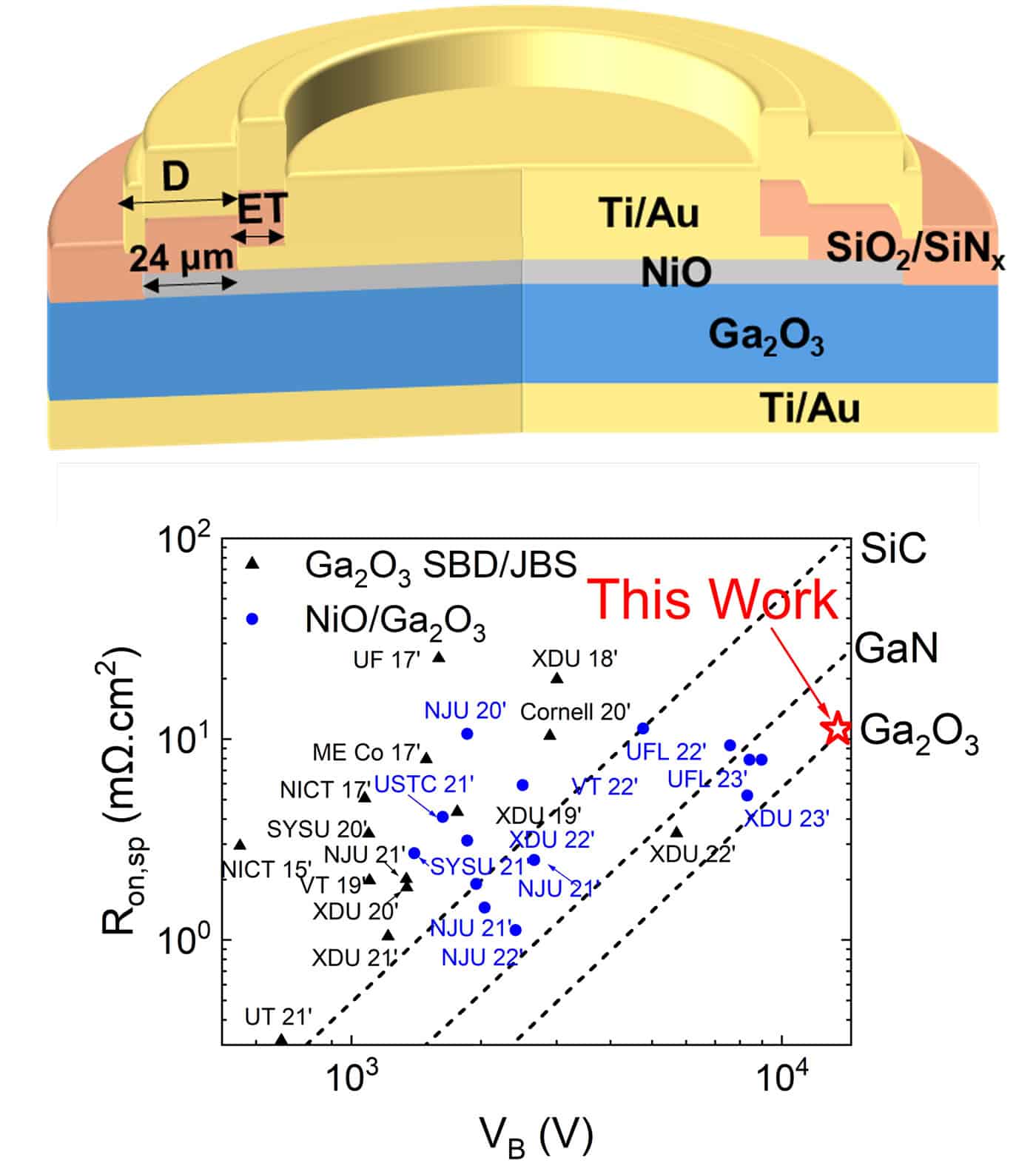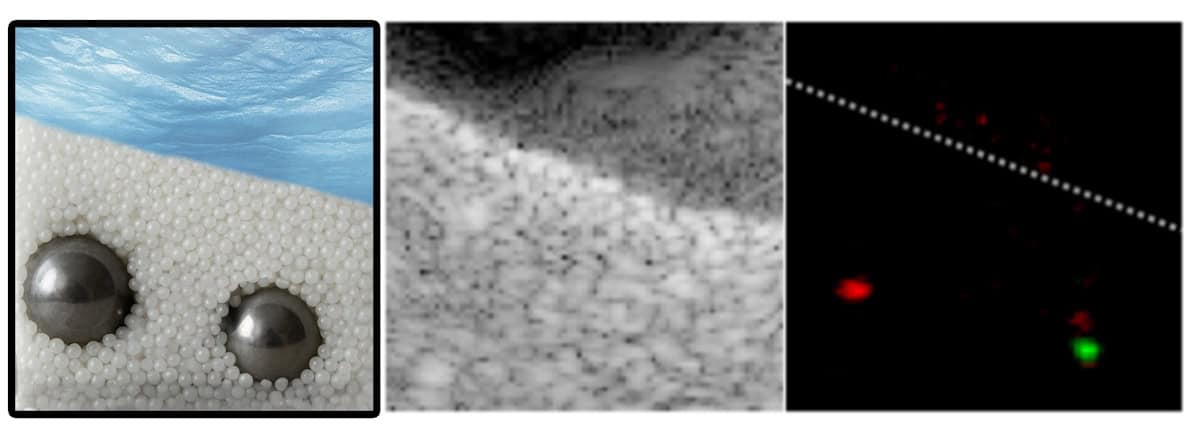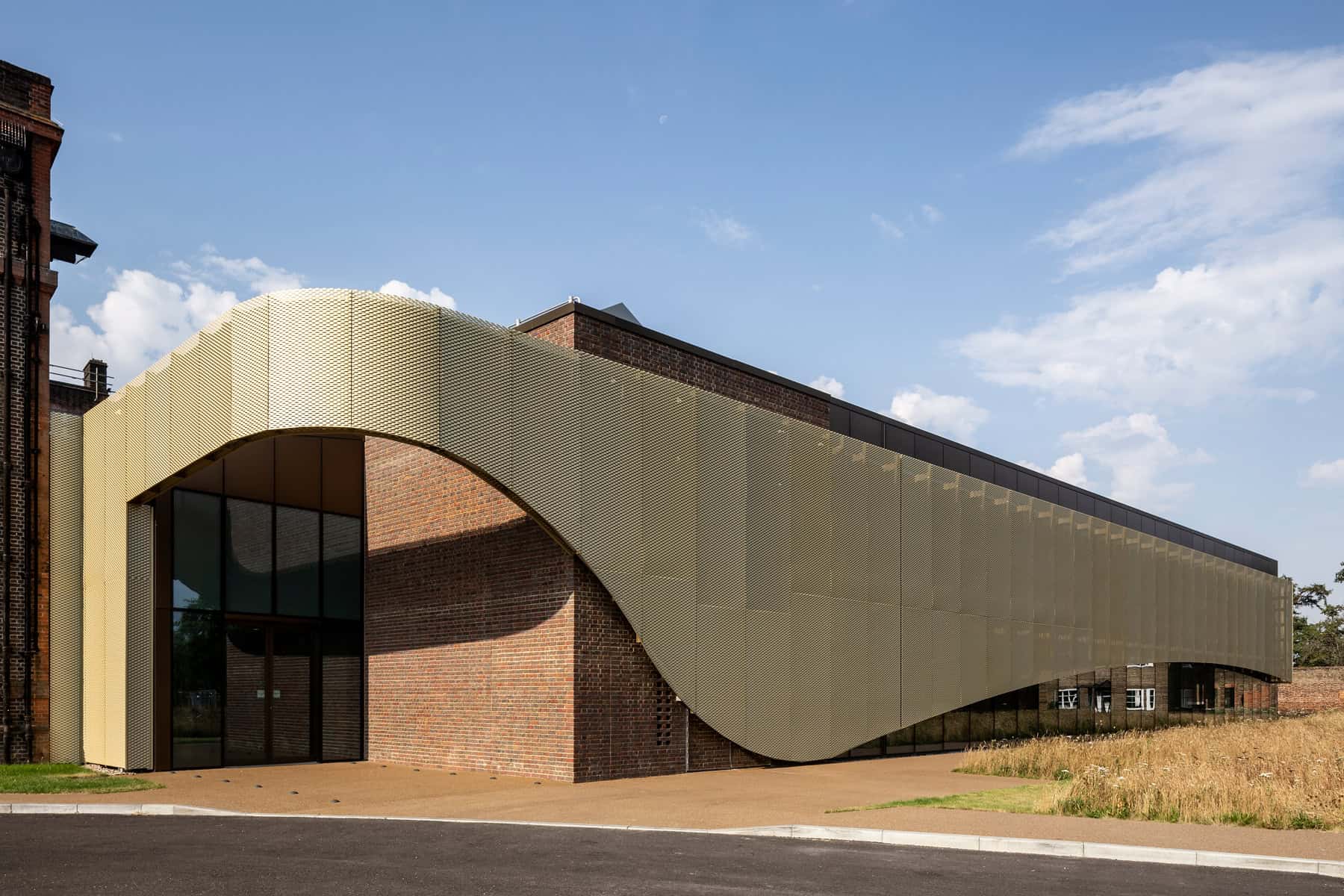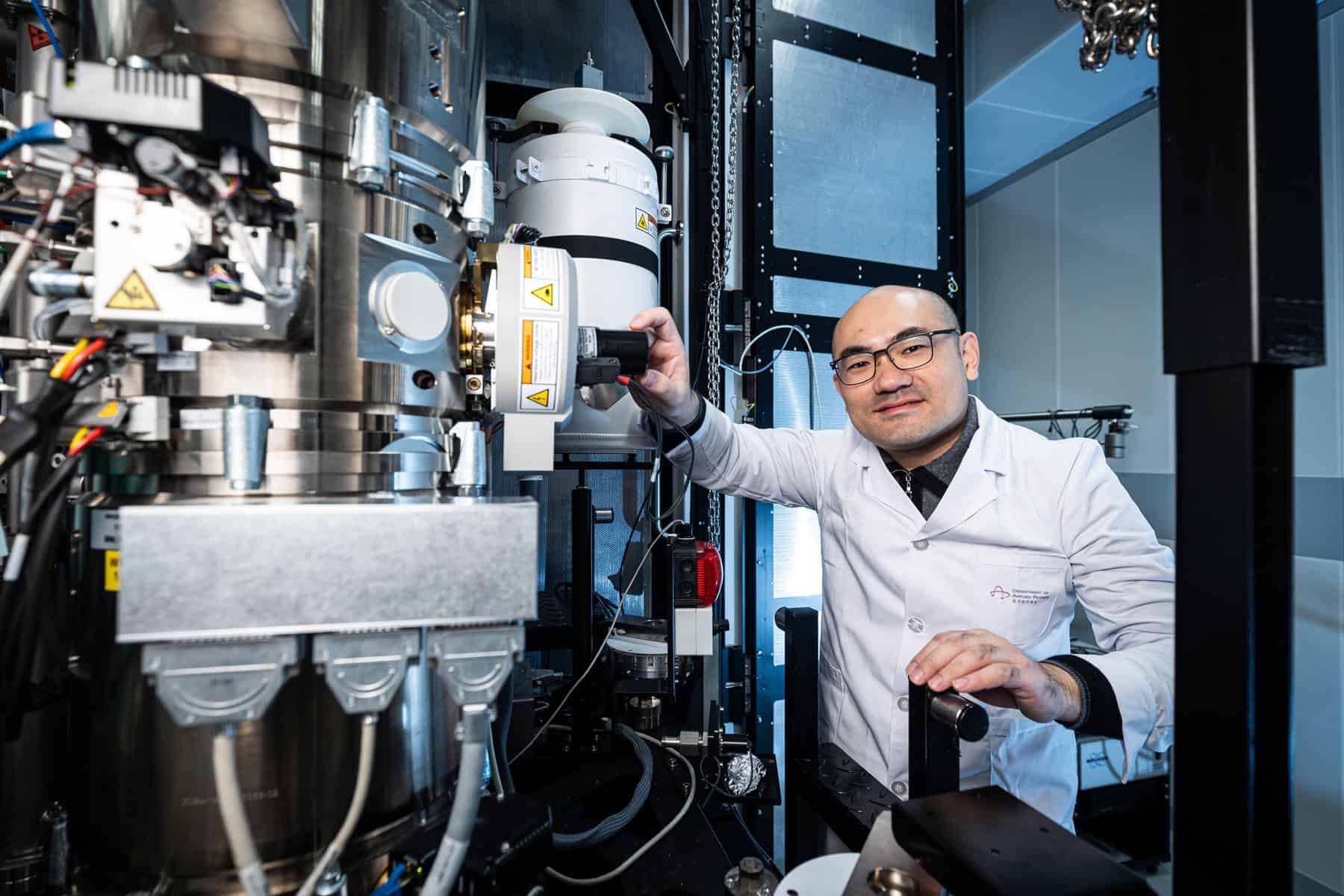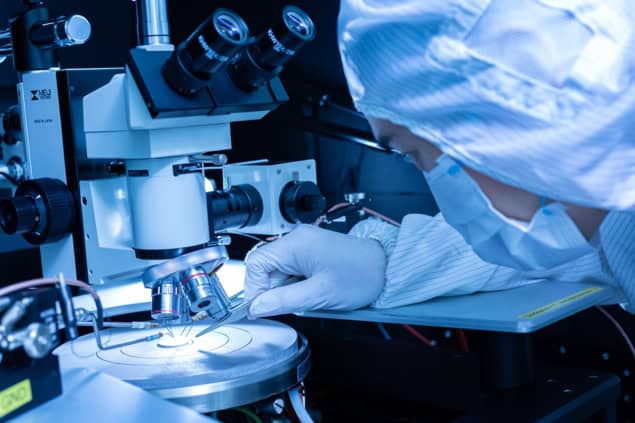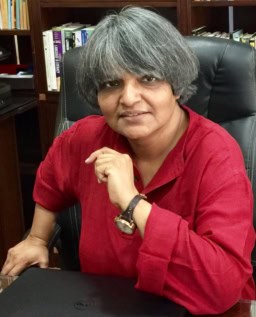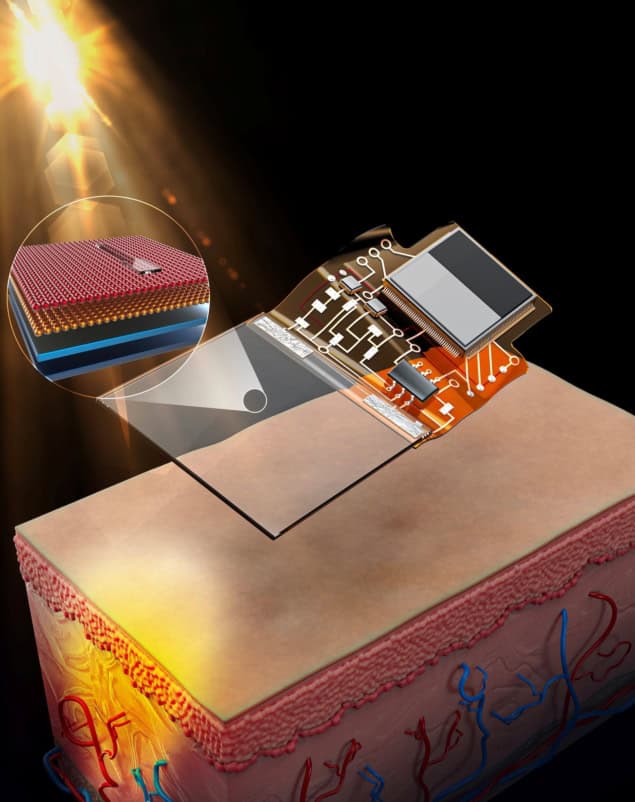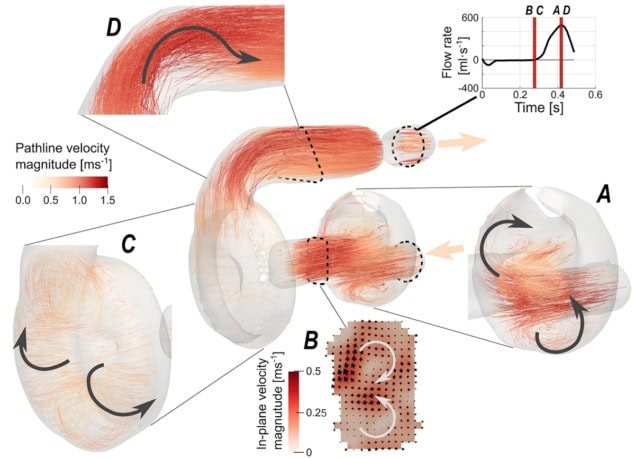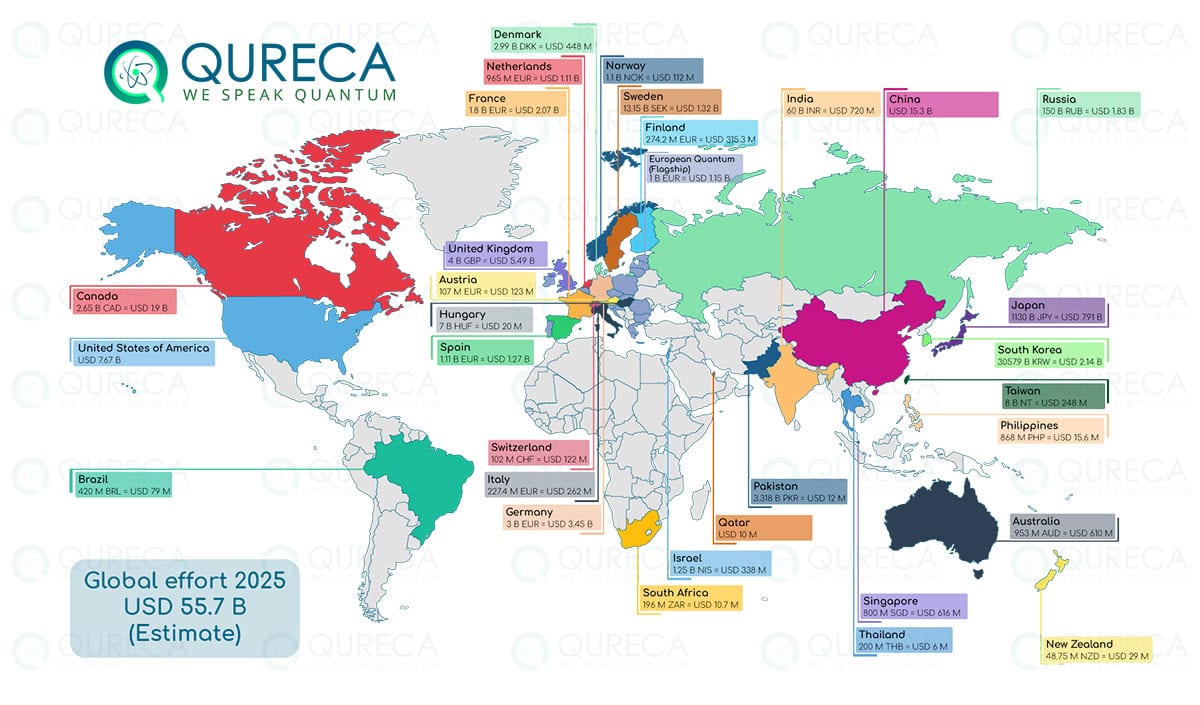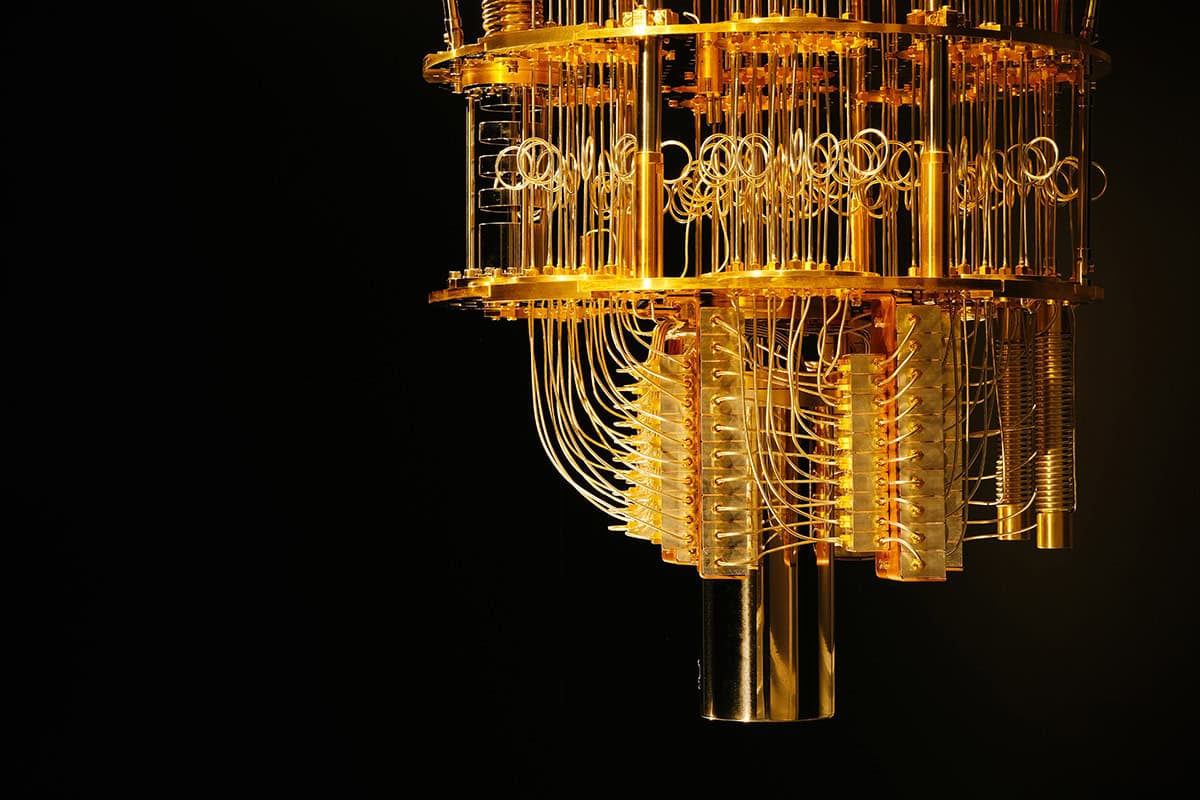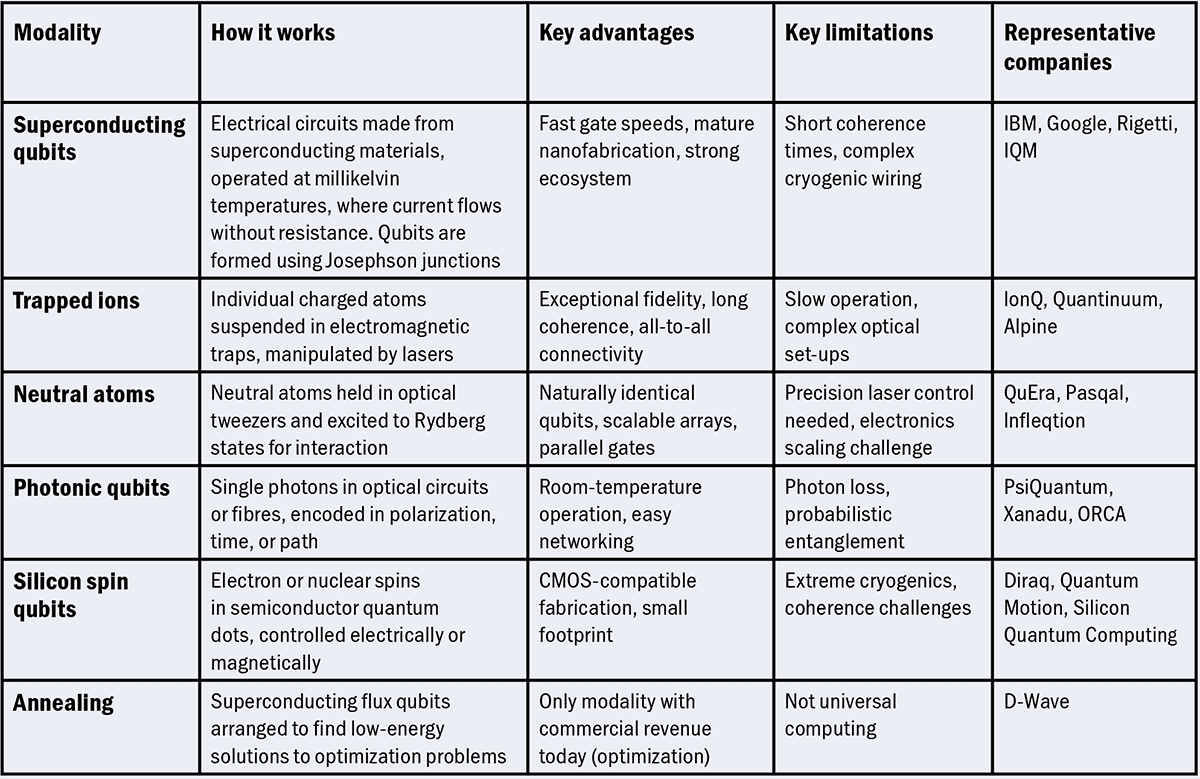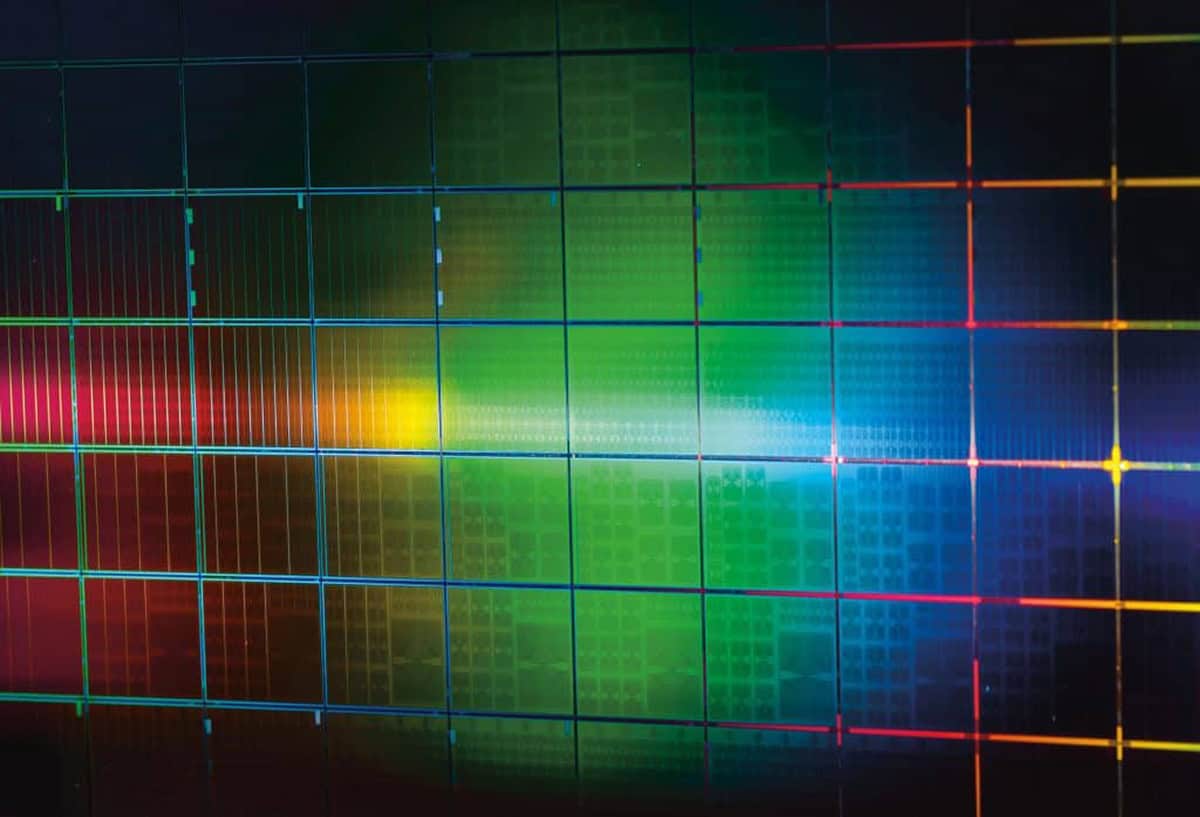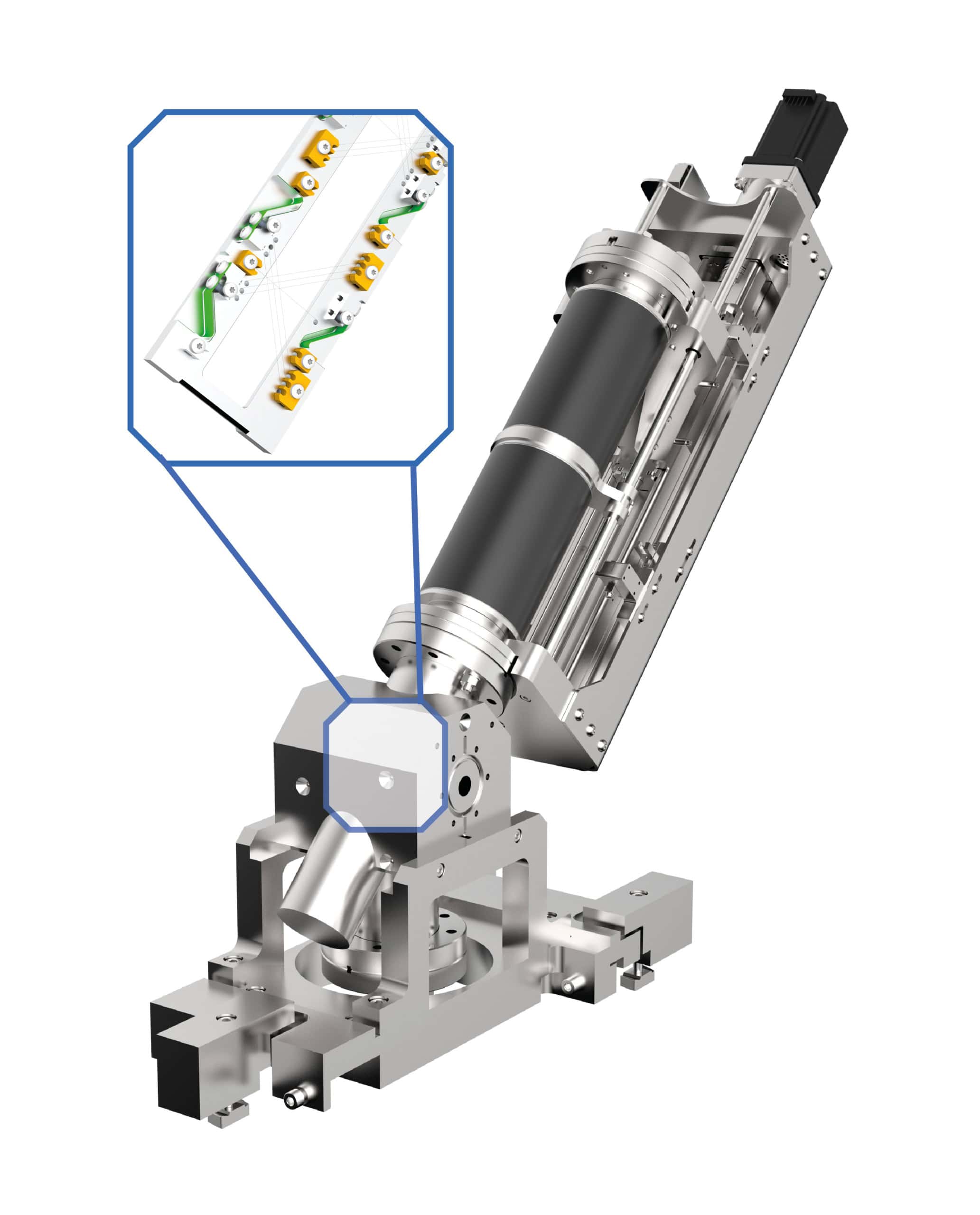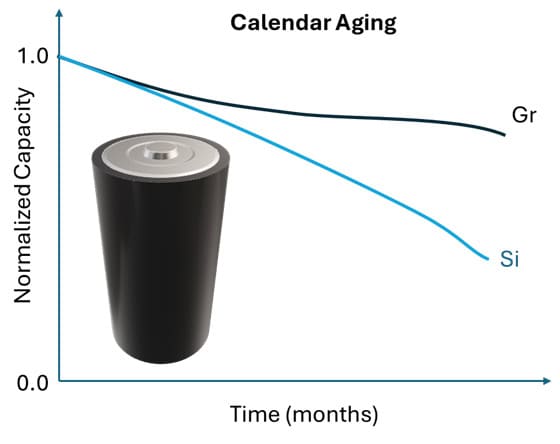Quantum computing on the verge: correcting errors, developing algorithms and building up the user base
When it comes to building a fully functional “fault-tolerant” quantum computer, companies and government labs all over the world are rushing to be the first over the finish line. But a truly useful universal quantum computer capable of running complex algorithms would have to entangle millions of coherent qubits, which are extremely fragile. Because of environmental factors such as temperature, interference from other electronic systems in hardware, and even errors in measurement, today’s devices would fail under an avalanche of errors long before reaching that point.
So the problem of error correction is a key issue for the future of the market. It arises because errors in qubits can’t be corrected simply by keeping multiple copies, as they are in classical computers: quantum rules forbid the copying of qubit states while they are still entangled with others, and are thus unknown. To run quantum circuits with millions of gates, we therefore need new tricks to enable quantum error correction (QEC).
Protected states
The general principle of QEC is to spread the information over many qubits so that an error in any one of them doesn’t matter too much. “The essential idea of quantum error correction is that if we want to protect a quantum system from damage then we should encode it in a very highly entangled state,” says John Preskill, director of the Institute for Quantum Information and Matter at the California Institute of Technology in Pasadena.
There is no unique way of achieving that spreading, however. Different error-correcting codes can depend on the connectivity between qubits – whether, say, they are coupled only to their nearest neighbours or to all the others in the device – which tends to be determined by the physical platform being used. However error correction is done, it must be done fast. “The mechanisms for error correction need to be running at a speed that is commensurate with that of the gate operations,” says Michael Cuthbert, founding director of the UK’s National Quantum Computing Centre (NQCC). “There’s no point in doing a gate operation in a nanosecond if it then takes 100 microseconds to do the error correction for the next gate operation.”
At the moment, dealing with errors is largely about compensation rather than correction: patching up the problems of errors in retrospect, for example by using algorithms that can throw out some results that are likely to be unreliable (an approach called “post-selection”). It’s also a matter of making better qubits that are less error-prone in the first place.
1 From many to few
To protect the information stored in qubits, a multitude of unreliable physical qubits have to be combined in such a way that if one qubit fails and causes an error, the others can help protect the system. Essentially, by combining many physical qubits (shown above on the left), one can build a few “logical” qubits that are strongly resistant to noise.
According to Maria Maragkou, commercial vice-president of quantum software company Riverlane, the goal of full QEC has ramifications for the design of the machines all the way from hardware to workflow planning. “The shift to support error correction has a profound effect on the way quantum processors themselves are built, the way we control and operate them, through a robust software stack on top of which the applications can be run,” she explains. The “stack” includes everything from programming languages to user interfaces and servers.
With genuinely fault-tolerant qubits, errors can be kept under control and prevented from proliferating during a computation. Such qubits might be made in principle by combining many physical qubits into a single “logical qubit” in which errors can be corrected (see figure 1). In practice, though, this creates a large overhead: huge numbers of physical qubits might be needed to make just a few fault-tolerant logical qubits. The question is then whether errors in all those physical qubits can be checked faster than they accumulate (see figure 2).
That overhead has been steadily reduced over the past several years, and at the end of last year researchers at Google announced that their 105-qubit Willow quantum chip passed the break-even threshold at which the error rate gets smaller, rather than larger, as more physical qubits are used to make a logical qubit. This means that in principle such arrays could be scaled up without errors accumulating.
2 Error correction in action
The illustration gives an overview of quantum error correction (QEC) in action within a quantum processing unit. UK-based company Riverlane is building its Deltaflow QEC stack that will correct millions of data errors in real time, allowing a quantum computer to go beyond the reach of any classical supercomputer.
Fault-tolerant quantum computing is the ultimate goal, says Jay Gambetta, director of IBM research at the company’s centre in Yorktown Heights, New York. He believes that to perform truly transformative quantum calculations, the system must go beyond demonstrating a few logical qubits – instead, you need arrays of at least a 100 of them, that can perform more than 100 million quantum operations (108 QuOps). “The number of operations is the most important thing,” he says.
It sounds like a tall order, but Gambetta is confident that IBM will achieve these figures by 2029. By building on what has been achieved so far with error correction and mitigation, he feels “more confident than I ever did before that we can achieve a fault-tolerant computer.” Jerry Chow, previous manager of the Experimental Quantum Computing group at IBM, shares that optimism. “We have a real blueprint for how we can build [such a machine] by 2029,” he says (see figure 3).
Others suspect the breakthrough threshold may be a little lower: Steve Brierly, chief executive of Riverlane, believes that the first error-corrected quantum computer, with around 10 000 physical qubits supporting 100 logical qubits and capable of a million QuOps (a megaQuOp), could come as soon as 2027. Following on, gigaQuOp machines (109 QuOps) should be available by 2030–32, and teraQuOps (1012 QuOp) by 2035–37.
Platform independent
Error mitigation and error correction are just two of the challenges for developers of quantum software. Fundamentally, to develop a truly quantum algorithm involves taking full advantage of the key quantum-mechanical properties such as superposition and entanglement. Often, the best way to do that depends on the hardware used to run the algorithm. But ultimately the goal will be to make software that is not platform-dependent and so doesn’t require the user to think about the physics involved.
“At the moment, a lot of the platforms require you to come right down into the quantum physics, which is a necessity to maximize performance,” says Richard Murray of photonic quantum-computing company Orca. Try to generalize an algorithm by abstracting away from the physics and you’ll usually lower the efficiency with which it runs. “But no user wants to talk about quantum physics when they’re trying to do machine learning or something,” Murray adds. He believes that ultimately it will be possible for quantum software developers to hide those details from users – but Brierly thinks this will require fault-tolerant machines.
“In due time everything below the logical circuit will be a black box to the app developers”, adds Maragkou over at Riverlane. “They will not need to know what kind of error correction is used, what type of qubits are used, and so on.” She stresses that creating truly efficient and useful machines depends on developing the requisite skills. “We need to scale up the workforce to develop better qubits, better error-correction codes and decoders, write the software that can elevate those machines and solve meaningful problems in a way that they can be adopted.” Such skills won’t come only from quantum physicists, she adds: “I would dare say it’s mostly not!”
Yet even now, working on quantum software doesn’t demand a deep expertise in quantum theory. “You can be someone working in quantum computing and solving problems without having a traditional physics training and knowing about the energy levels of the hydrogen atom and so on,” says Ashley Montanaro, who co-founded the quantum software company Phasecraft.
On the other hand, insights can flow in the other direction too: working on quantum algorithms can lead to new physics. “Quantum computing and quantum information are really pushing the boundaries of what we think of as quantum mechanics today,” says Montanaro, adding that QEC “has produced amazing physics breakthroughs.”
Early adopters?
Once we have true error correction, Cuthbert at the UK’s NQCC expects to see “a flow of high-value commercial uses” for quantum computers. What might those be?
In this arena of quantum chemistry and materials science, genuine quantum advantage – calculating something that is impossible using classical methods alone – is more or less here already, says Chow. Crucially, however, quantum methods needn’t be used for the entire simulation but can be added to classical ones to give them a boost for particular parts of the problem.

For example, last year researchers at IBM teamed up with scientists at several RIKEN institutes in Japan to calculate the minimum energy state for the iron sulphide cluster (4Fe-4S) at the heart of the bacterial nitrogenase enzyme that fixes nitrogen. This cluster is too big and complex to be accurately simulated using the classical approximations of quantum chemistry. The researchers used a combination of both quantum computing (with IBM’s 72-qubit Heron chip) and RIKEN’s Fugaku high performance computing (HPC). This idea of “improving classical methods by injecting quantum as a subroutine” is likely to be a more general strategy, says Gambetta. “The future of computing is going to be heterogeneous accelerators [of discovery] that include quantum.”
Likewise, Montanaro says that Phasecraft is developing “quantum-enhanced algorithms”, where a quantum computer is used, not to solve the whole problem, but just to help a classical computer in some way. “There are only certain problems where we know quantum computing is going to be useful,” he says. “I think we are going to see quantum computers working in tandem with classical computers in a hybrid approach. I don’t think we’ll ever see workloads that are entirely run using a quantum computer.” Among the first important problems that quantum machines will solve, according to Montanaro, are the simulation of new materials – to develop, for example, clean-energy technologies (see figure 4).
“For a physicist like me,” says Preskill, “what is really exciting about quantum computing is that we have good reason to believe that a quantum computer would be able to efficiently simulate any process that occurs in nature.”
3 Structural insights
A promising application of quantum computers is simulating novel materials. Researchers from the quantum algorithms firm Phasecraft, for example, have already shown how a quantum computer could help simulate complex materials such as the polycrystalline compound LK-99, which was purported by some researchers in 2024 to be a room-temperature superconductor.
Using a classical/quantum hybrid workflow, together with the firm’s proprietary material simulation approach to encode and compile materials on quantum hardware, Phasecraft researchers were able to establish a classical model of the LK99 structure that allowed them to extract an approximate representation of the electrons within the material. The illustration above shows the green and blue electronic structure around red and grey atoms in LK-99.
Montanaro believes another likely near-term goal for useful quantum computing is solving optimization problems – both here and in quantum simulation, “we think genuine value can be delivered already in this NISQ era with hundreds of qubits.” (NISQ, a term coined by Preskill, refers to noisy intermediate-scale quantum computing, with relatively small numbers of rather noisy, error-prone qubits.)
One further potential benefit of quantum computing is that it tends to require less energy than classical high-performance computing, which is notoriously high. If the energy cost could be cut by even a few percent, it would be worth using quantum resources for that reason alone. “Quantum has real potential for an energy advantage,” says Chow. One study in 2020 showed that a particular quantum-mechanical calculation carried out on a HPC used many orders of magnitude more energy than when it was simulated on a quantum circuit. Such comparisons are not easy, however, in the absence of an agreed and well-defined metric for energy consumption.
Building the market
Right now, the quantum computing market is in a curious superposition of states itself – it has ample proof of principle, but today’s devices are still some way from being able to perform a computation relevant to a practical problem that could not be done with classical computers. Yet to get to that point, the field needs plenty of investment.
The fact that quantum computers, especially if used with HPC, are already unique scientific tools should establish their value in the immediate term, says Gambetta. “I think this is going to accelerate, and will keep the funding going.” It is why IBM is focusing on utility-scale systems of around 100 qubits or so and more than a thousand gate operations, he says, rather than simply trying to build ever bigger devices.
Montanaro sees a role for governments to boost the growth of the industry “where it’s not the right fit for the private sector”. One role of government is simply as a customer. For example, Phasecraft is working with the UK national grid to develop a quantum algorithm for optimizing the energy network. “Longer-term support for academic research is absolutely critical,” Montanaro adds. “It would be a mistake to think that everything is done in terms of the underpinning science, and governments should continue to support blue-skies research.”
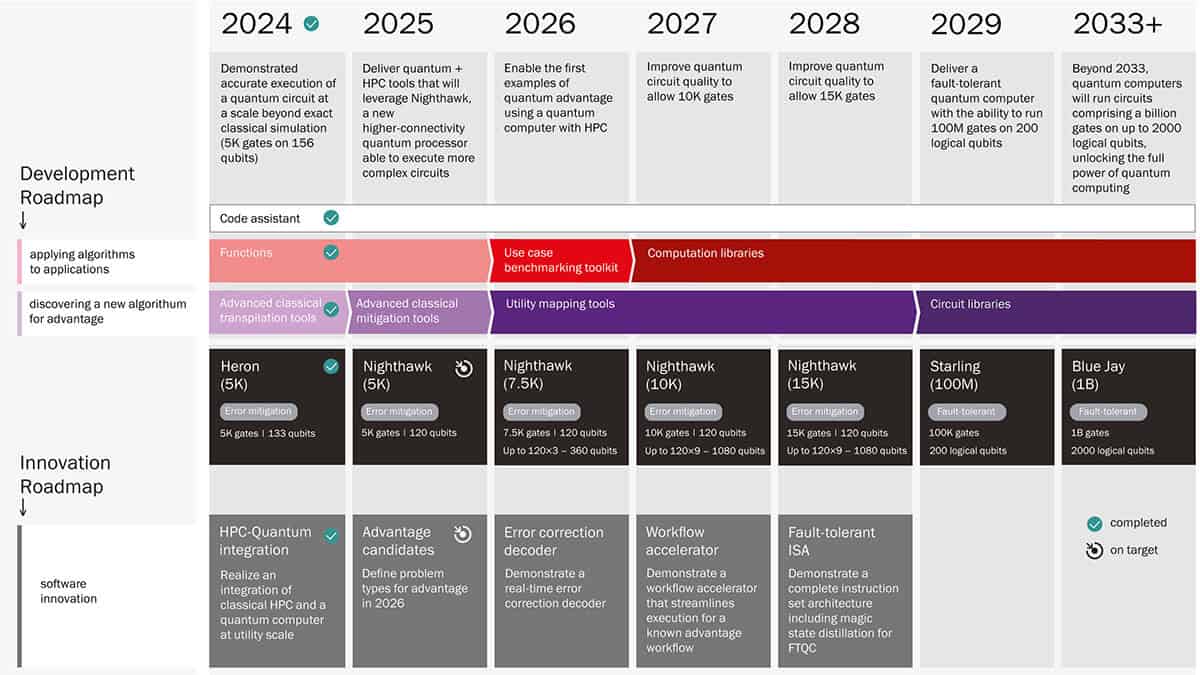
It’s not clear, though, whether there will be a big demand for quantum machines that every user will own and run. Before 2010, “there was an expectation that banks and government departments would all want their own machine – the market would look a bit like HPC,” Cuthbert says. But that demand depends in part on what commercial machines end up being like. “If it’s going to need a premises the size of a football field, with a power station next to it, that becomes the kind of infrastructure that you only want to build nationally.” Even for smaller machines, users are likely to try them first on the cloud before committing to installing one in-house.
According to Cuthbert , the real challenge in the supply-chain development is that many of today’s technologies were developed for the science community – where, say, achieving millikelvin cooling or using high-power lasers is routine. “How do you go from a specialist scientific clientele to something that starts to look like a washing machine factory, where you can make them to a certain level of performance,” while also being much cheaper, and easier to use?
But Cuthbert is optimistic about bridging this gap to get to commercially useful machines, encouraged in part by looking back at the classical computing industry of the 1970s. “The architects of those systems could not imagine what we would use our computation resources for today. So I don’t think we should be too discouraged that you can grow an industry when we don’t know what it’ll do in five years’ time.”
Montanaro too sees analogies with those early days of classical computing. “If you think what the computer industry looked like in the 1940s, it’s very different from even 20 years later. But there are some parallels. There are companies that are filling each of the different niches we saw previously, there are some that are specializing in quantum hardware development, there are some that are just doing software.” Cuthbert thinks that the quantum industry is likely to follow a similar pathway, “but more quickly and leading to greater market consolidation more rapidly.”
However, while the classical computing industry was revolutionized by the advent of personal computing in the 1970s and 80s, it seems very unlikely that we will have any need for quantum laptops. Rather, we might increasingly see apps and services appear that use cloud-based quantum resources for particular operations, merging so seamlessly with classical computing that we don’t even notice.
That, perhaps, would be the ultimate sign of success: that quantum computing becomes invisible, no big deal but just a part of how our answers are delivered.
- In the first instalment of this two-part article, Philip Ball explores the latest developments in the quantum-computing industry
This article forms part of Physics World‘s contribution to the 2025 International Year of Quantum Science and Technology (IYQ), which aims to raise global awareness of quantum physics and its applications.
Stayed tuned to Physics World and our international partners throughout the year for more coverage of the IYQ.
Find out more on our quantum channel.
The post Quantum computing on the verge: correcting errors, developing algorithms and building up the user base appeared first on Physics World.
